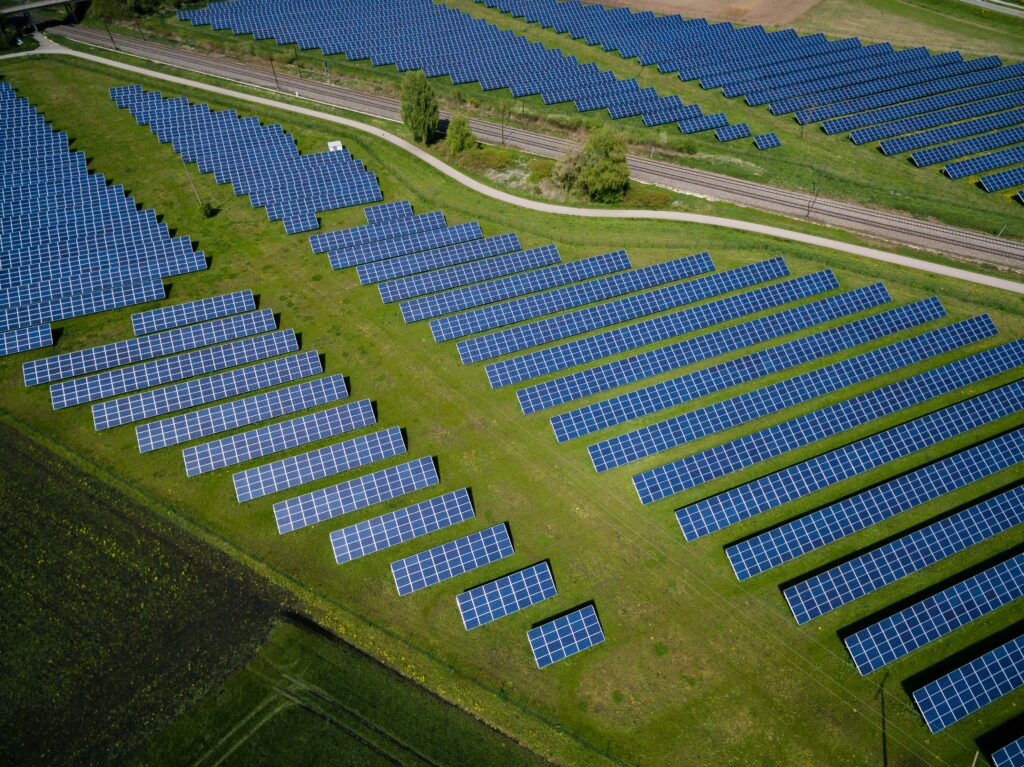In the coming year, sustainable fashion is set to take center stage with several key trends emerging. Circular fashion is gaining traction, emphasizing the importance of designing products that can be reused, recycled, or composted at the end of their life cycle to reduce waste. Upcycling and repurposing old garments or materials are becoming more popular, offering a creative way to give new life to discarded items.
The slow fashion movement continues to grow, advocating for more thoughtful consumption by prioritizing quality, longevity, and timeless style over fast-paced trends. Transparency and traceability are also on the rise, with consumers demanding more information about the origins and environmental impact of their clothing. Sustainable materials, such as organic cotton, hemp, and recycled fabrics, are increasingly being used by designers looking to reduce their environmental footprint. Local and ethical production practices are gaining prominence, as brands seek to support local communities and reduce carbon emissions associated with global supply chains. Renting and swapping clothes are becoming more mainstream, offering a more sustainable alternative to traditional ownership.
Finally, digital fashion is on the rise, offering a virtual way to experience fashion without the need for physical production, reducing waste and environmental impact. These trends represent a significant shift towards a more sustainable and ethical fashion industry, offering hope for a more environmentally friendly future.
In the coming year, sustainable fashion is set to take center stage with several key trends emerging. Circular fashion is gaining traction, emphasizing the importance of designing products that can be reused, recycled, or composted at the end of their life cycle to reduce waste. Upcycling and repurposing old garments or materials are becoming more popular, offering a creative way to give new life to discarded items.
The slow fashion movement continues to grow, advocating for more thoughtful consumption by prioritizing quality, longevity, and timeless style over fast-paced trends. Transparency and traceability are also on the rise, with consumers demanding more information about the origins and environmental impact of their clothing. Sustainable materials, such as organic cotton, hemp, and recycled fabrics, are increasingly being used by designers looking to reduce their environmental footprint. Local and ethical production practices are gaining prominence, as brands seek to support local communities and reduce carbon emissions associated with global supply chains.
Renting and swapping clothes are becoming more mainstream, offering a more sustainable alternative to traditional ownership. Finally, digital fashion is on the rise, offering a virtual way to experience fashion without the need for physical production, reducing waste and environmental impact. These trends represent a significant shift towards a more sustainable and ethical fashion industry, offering hope for a more environmentally friendly future.










